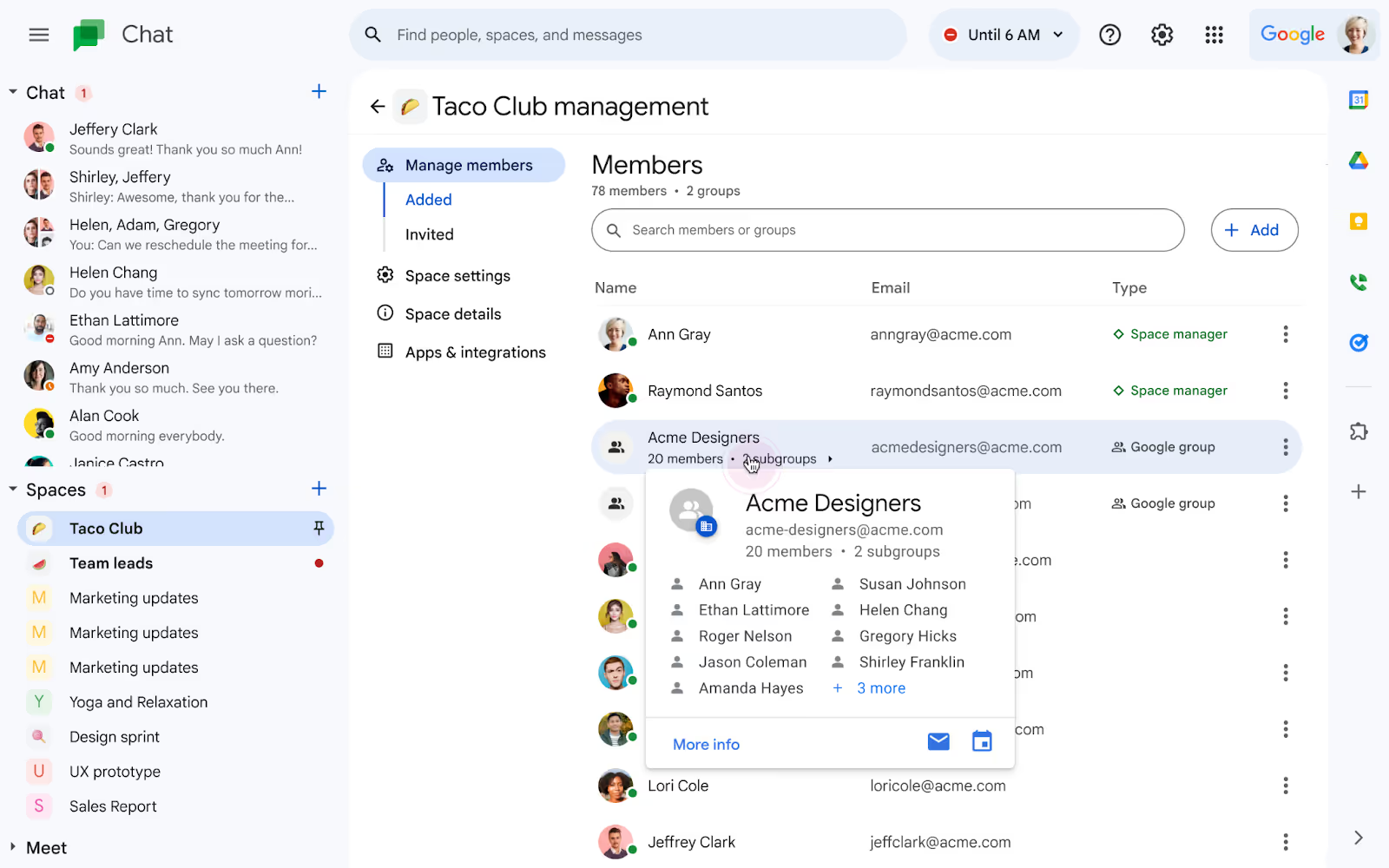Timely email responses are a critical component of customer satisfaction and business success. Customers today expect swift replies, often within just a few hours, and failing to meet these expectations can significantly impact your brand's reputation. But how do most businesses measure up to these high standards? And what can be done to bridge the gap between customer expectations and actual response times?
Nearly half of customers expect a reply in less than four hours, yet many companies take much longer. This discrepancy can lead to frustration and lost loyalty.
By exploring strategies like AI-powered email management and effective team training, you can dramatically reduce response times and enhance customer satisfaction. Ready to become your team's hero and streamline your email workflows? Let's explore how you can make data-driven decisions and empower your team to meet and exceed customer expectations.
Understanding the Current Landscape
Customer expectations vs. reality
Customers expect rapid responses to their queries. A survey highlighted that nearly half of customers anticipate an email response within four hours. This expectation underscores the urgency that modern consumers place on communication.
However, the reality often falls short. According to a study by SuperOffice, the average reply time for emails is 12 hours and 10 minutes, with only the fastest companies managing to respond in under an hour. This significant gap between expectation and reality can lead to customer dissatisfaction and frustration.
The disparity between what customers expect and what they receive is further emphasized by the average response time in business hours, which stands at 7.6 hours. This delay can be detrimental, especially when customers are seeking prompt resolutions to their issues. The data reveals a pressing need for businesses to reassess their email response strategies to meet customer expectations more effectively.
The gap between customer expectations and actual response times is not just a minor inconvenience; it can have serious implications for customer loyalty and brand perception. When businesses fail to respond promptly, they risk losing customers to competitors who are more responsive. Understanding and addressing this gap is crucial for maintaining customer satisfaction and loyalty.
Boost customer satisfaction with faster email responses today with Gmelius.
The Cost of Slow Responses
Impact on customer satisfaction and loyalty
The importance of timely responses can't be overstated. A staggering 77% of customers believe that valuing their time is the most critical aspect of good service. This statistic highlights the direct correlation between response times and customer satisfaction. When businesses respond quickly, they demonstrate respect for their customers' time, which in turn fosters trust and loyalty.
Slow responses can have severe consequences. Customers who experience delays are likely to feel undervalued and may seek alternatives. This erosion of trust can lead to a decline in customer loyalty and a tarnished brand reputation. The impact of slow responses is further compounded by the fact that 62% of companies do not respond to customer emails at all. This lack of communication can be perceived as neglect, driving customers away and potentially leading to negative reviews and word-of-mouth.
The cost of slow responses extends beyond customer satisfaction. It can also affect a company's bottom line. Delayed responses can result in lost sales opportunities and increased customer churn. In a competitive market, businesses can't afford to ignore the importance of timely communication. By prioritizing quick responses, companies can enhance customer satisfaction, build loyalty, and ultimately drive business success.
Strategies for Reducing Email Response Times
Implementing efficient email management systems
One of the most effective ways to reduce email response times is by implementing efficient email management systems. AI-powered and no-code email management solutions can significantly streamline workflows, enabling teams to handle emails more efficiently. These systems can automate routine tasks, such as sorting and categorizing emails, allowing team members to focus on more complex queries.
Automating workflows can lead to substantial reductions in response times. For instance, AI-powered systems can prioritize emails based on urgency, ensuring that critical issues are addressed promptly. Additionally, these systems can provide automated responses to common queries, further reducing the workload on team members. By integrating these solutions into daily operations, businesses can enhance their email management processes and improve response times.
Practical steps for integrating these systems include:
By adopting these strategies, businesses can create a more efficient email management process, leading to faster response times and improved customer satisfaction.
Empowering Your Team
Training and best practices
Empowering your team with the right training and best practices is essential for improving email response times. Effective training programs should focus on teaching team members how to handle emails efficiently and prioritize tasks. This training can include techniques for quickly identifying and categorizing emails, as well as strategies for managing high volumes of correspondence.
Best practices for email management include:
Maintaining a collaborative and supportive team environment is also crucial. When team members work together and support each other, they can handle emails more effectively and reduce response times. Encouraging open communication and regular feedback can help identify areas for improvement and foster a culture of continuous learning.
By investing in training and promoting best practices, businesses can empower their teams to manage emails more efficiently, leading to faster response times and higher customer satisfaction.
Leveraging Data and Analytics
Making data-driven decisions
Utilizing data and analytics is key to improving email response times. Comprehensive analytics can provide valuable insights into your team's email management performance, helping you identify areas for improvement and set realistic goals. By analyzing response times, you can pinpoint bottlenecks and inefficiencies in your workflow.
Setting achievable response time goals based on data insights is essential. These goals should be realistic and take into account the current capabilities of your team. Regularly reviewing and adjusting these goals can ensure continuous improvement. For example, if data shows that certain types of emails consistently take longer to respond to, you can implement targeted strategies to address these issues.
Continuous improvement through regular review and adjustment of email management strategies is crucial. By monitoring performance metrics and making data-driven decisions, you can optimize your email workflows and reduce response times. This proactive approach can lead to sustained improvements in customer satisfaction and team efficiency.
Leveraging data and analytics allows businesses to make informed decisions and continuously enhance their email management processes. By setting realistic goals and regularly reviewing performance, companies can ensure that they meet and exceed customer expectations for timely responses.
Wrapping Up: Bridging the Email Response Gap
The gap between customer expectations and actual email response times is a pressing issue that can significantly impact customer satisfaction and brand loyalty. Customers today expect swift replies, often within just a few hours, yet many businesses fall short, with average response times stretching to over 12 hours. This discrepancy can lead to frustration and lost loyalty, underscoring the need for businesses to reassess their email management strategies.
By implementing AI-powered email management systems, empowering teams with effective training, and leveraging data-driven insights, businesses can dramatically reduce response times and enhance customer satisfaction. The cost of slow responses isn't limited to lost sales; it erodes trust and damages your brand's reputation.
Ready to become your team's hero and streamline your email workflows?
Remember, timely responses aren't just a nicety: they're a necessity. Try Gmelius for free.




.avif)


.avif)